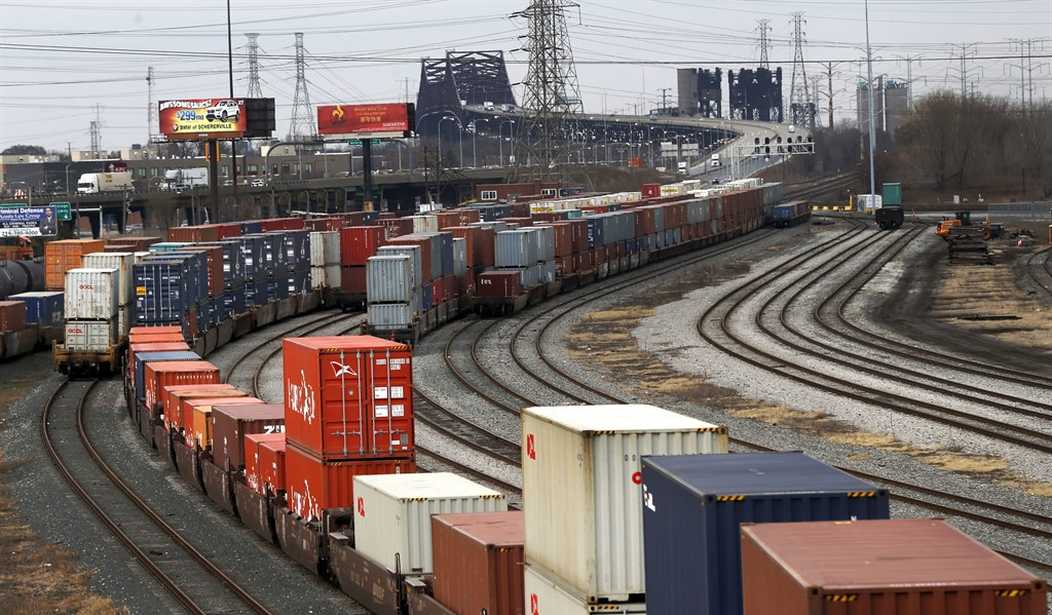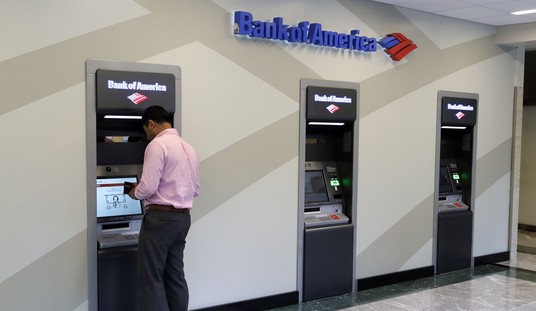So, do you think fuel and food are expensive right now? Are you having trouble finding things you and your family like or need? At least one railroad employee tells me you can expect to have difficulty finding acetaminophen, also known as Tylenol, in addition to baby formula, sriracha, tampons, and Jif.
Nearly every product you buy or use was once in a rail container in its journey to reach you. Many manufacturers take raw materials and supplies directly off trains. If they do not receive the needed inputs, the manufacturing process stops. A combination of bad management practices and labor issues puts the entire system at risk, according to frontline employees.
According to the Association of American Railroads (AAR), the trade group representing the Class I railroads, 12 labor unions, and 30 freight railroads are in the midst of a multi-year effort to negotiate and reach a collective bargaining agreement that has lasted several years. This multiemployer agreement will address wages, benefits, health care, workplace safety, and operating rules. The Railway Labor Act (RLA), which Congress passed in 1929, governs the negotiations process:
The RLA establishes a deliberate negotiation process for railroads and workers, with numerous opportunities for mediation and resolution. The process requires the parties to “exert every reasonable effort” to reach agreements and is designed to avoid interruptions to interstate commerce. Typically, both parties come to agreement without outside intervention; however, if needed, an independent federal agency — the National Mediation Board (NMB) — may be called by either party to step in and mediate negotiations.
The current negotiations are nearing an impasse, according to employees. The National Mediation Board (NMB) convened in January and required the parties to come to Washington, D.C. to meet, which is unusual. On June 17, 2022, the NMB released the parties from statutorily mandated mediation. The National Carriers Conference Committee (NCCC) and the 12 unions remain without a contract for the members to vote on. The required 30-day cooling-off period started on June 18, 2022. At the end of the cooling-off period, the union members will vote to authorize their bargaining committee to call a strike.
Recommended: Is the Green Energy Climate Cabal Crumbling?
Like many unions, rail workers have given up wages for healthcare over the last four decades. Now the proposed wage increase will not approach members’ cost of living increase, and healthcare will get more expensive. In an environment with 8.6% inflation and a 3.4% decline in the value of a dollar, management offered a 2.5% raise and a high-deductible healthcare plan. Rail workers make an enviable hourly wage. However, mandatory retirement contributions, union dues, and personal liability coverage that pays an employee during the investigation of any incident that causes an injury or the destruction of property significantly reduce an employee’s take-home pay.
Employees feel as though an authorization to strike is likely. Union members in the International Brotherhood of Electrical Workers (IBEW) in Canada gave 72-hour strike notice to Canadian National Railroad and walked off the job on June 18. That bargaining unit is only 750 workers, and management seems to have implemented a contingency plan. There are approximately 115,000 workers represented in the current negotiations under the RLA.
Working conditions are also an issue. The rail carriers have been using the Precision Scheduled Railroading (PSR) operating model for several years. According to employees, PSR cut total staff by about 25%, causing inflexibility in the system and more operational issues than Wall Street realizes. And in the first quarter of 2022, the cracks started to show. One railroad, Union Pacific, blamed service disruptions on staffing shortages. Employees say the staffing cuts that PSR mandated, long hours due to delays hidden by redefining destinations, and recrews hidden by relabeling trains are leading to burnout and safety concerns.
The perfect storm that PSR created is leading to high employee turnover in essential positions. One employee told me the last few years had caused generational harm to the ability of the railroads to recruit. His grandfather and father worked for the railroad, much like the way we see families of cops and firefighters. He said his son has no interest, thanks to watching his dad for the last few years, and this is the first time in his lifetime the carriers have had to advertise to fill jobs. Until very recently, you had to know someone to get in.
Recommended: 23 State Financial Officers Demand the SEC Put Investors First, Not ESG Scores
The parties anticipate that President Biden will establish a Presidential Emergency Board (PEB) in the next 30 days. The PEB is a last-ditch attempt to prevent a strike. The unions declined binding arbitration in order to settle the contract disputes, and it will be up to the PEB to hand the 115,000 employees a contract to vote on. The board has 30 days to develop the offering, and employees would vote on it in the 30 days that follow.
This situation is unlike the air traffic controllers in 1981 or the railroads when there was a strike in 1992. There is no way for the government to force an agreement by threatening to fire striking employees. Open railroad jobs no longer have a line of willing applicants. Employees say that management cannot pick up the slack as they have in the smaller strike in Canada.
If the employees vote down the PEB’s contract, management may try to impose their offering unilaterally. At this point, the union can strike if the members authorize their representatives. This situation would put Democrats in a precarious position. The only way the rail workers can be compelled to return to work is through an act of Congress or an order to return from President Biden.
That would require a Democratic majority in Congress or the Democrat president to overrule the will of union members. Unions are one of the only genuinely Democratic institutions outside the legislative branch of federal and state governments. Democrats receive the lion’s share of union contributions from the dues of rank and file members.
You would think a Secretary of Transportation who was on months of paternity leave during a supply chain crisis and professes to love trains would be all out front to ensure America’s railroads stay on the tracks. Right now, there are fair odds the trains could go off the rails in September.










Join the conversation as a VIP Member